
A woman’s relationship with her breasts can be… complicated. I should know. I had comic book heroine sized breasts up until a breast reduction after weaning my youngest child. At that time breast tenderness was just a part of my day-to-day life. That experience has given me a lot of compassion for women who experience breast pain. This article is what I am giving back – hope for those women who suffer with pain, and a plan to overcome it. Take back your ta-tas.
Breast Tenderness Types
There are typically two types of breast pain – cyclical and noncyclical. Cyclical breast pain is associated with your period, most often starting a few days (to weeks) before your period and stopping during or just after your period ends.
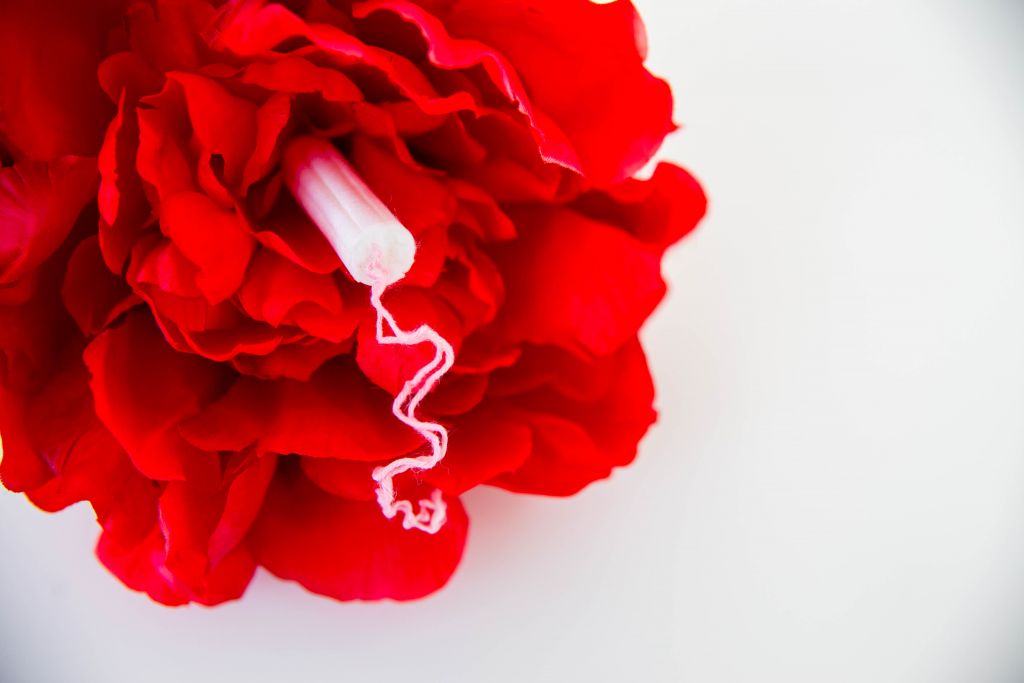
Noncyclical pain doesn’t happen just around your period but can happen at any time. It can be caused by pregnancy, breastfeeding, trauma or injury to the breast, pain from the muscles around the breast, or simply from having large breasts. It can also be caused by medications, including birth control pills, antibiotics, and antidepressants.
Most of this article will talk about how to overcome cyclical pain, but women with noncyclical pain can benefit from following these recommendations as well.
Is it Breast Cancer??
No. It mostly likely is not breast cancer. Breast pain is not typically linked to breast cancer, and having breast pain does not put you at higher risk of developing breast cancer.
But don’t hesitate to see your doctor for a second opinion and a breast exam. Especially if you have symptoms like heat in a specific area of your breast, a fixed/ non-moving breast lump, or changes to your skin on your breast.
Why Do My Breasts Hurt?
The most common cause of breast pain is your hormones. Specifically a condition known as estrogen dominance. Estrogen is the hormone that causes breast tissue to develop in puberty, and throughout our adult lives our breasts continue to respond to estrogen stimulation. During the week before your period estrogen and progesterone levels can become imbalanced, leading to breast pain. This is worsened by an overburden of estrogen in our bodies, which we’ll discuss in a moment.
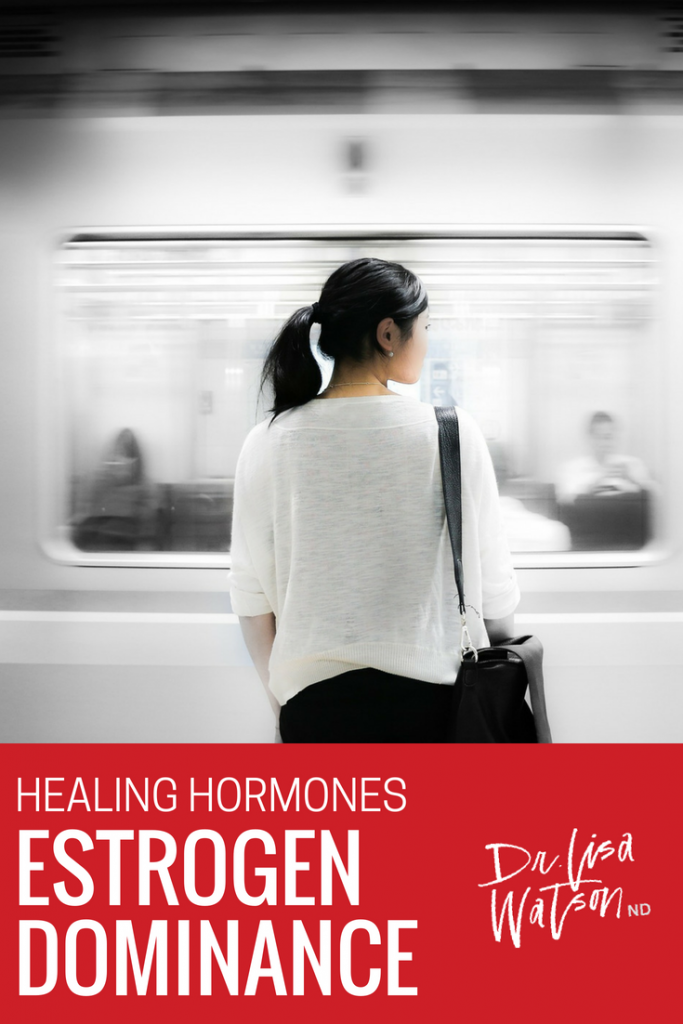
Breast pain can also be more common in women who have fibrocystic breasts. As women age her breast tissue is replaced by fat (a process known as involution). This leads to the formation of breast cysts and fibrous tissue – and a more lumpy breast texture. Fibrocystic breasts don’t always cause pain, but they can. Especially as these lumps get bigger leading up to your period.
Banishing Breast Pain: An Empowered Woman’s Guide
Experiencing breast pain is not a normal part of a woman’s life. If you have tender breasts, try to understand why your body has developed this symptom – is it a hormonal imbalance? Are you stressed? Are you tired? Are you taking time for self-care? Is your diet and exercise up to your standards? Once you’ve taken stock of your life, put the recommendations below into action for 2-3 months and see how much of an impact you can have on your health – you’ll be amazed at how powerful you are.
1.Eliminate Estrogen Dominance
I’ve talked extensively about estrogen dominance elsewhere but it really is an incredibly common concern for women. Estrogen is an important hormone for women’s health, but our levels are far higher than our systems can manage. Increased estrogen production in our bodies from excess body fat, stress and poor diets, combined with estrogen-like chemicals in the environment (known as xenoestrogens), and terrible detoxification and elimination from alcohol consumption, low fiber diets and insufficient vegetable intake has left women living a veritable estrogen soup.
The consequences of estrogen dominance are huge. PMS, mood changes, low libido, sugar cravings, brain fog, crazy periods, and breast tenderness are common. So what should we do about it?
Eliminating estrogen dominance is a huge issue in women’s health. But luckily there are some action steps you can take now to address this hormone imbalance, and reduce your breast pain.
- Reduce stress
- Eat a high fiber diet – consider having 2 tbsp of ground flax seeds per day in addition to lots of healthy leafy green and rainbow vegetables
- Eliminate excess body fat – a lot of women don’t realize that fat cells can make estrogen, so if you’re more than 15 lbs overweight, consider talking to your Naturopathic Doctor about how to achieve your healthiest body weight
- Avoid plastics, pesticides and other sources of environmental estrogens. Drink water and eat out of non-plastic containers. And never microwave plastic!
- Limit intake of dairy products
2. Detox Like a Champ
Reducing how much estrogen your body makes/ intakes is an excellent first step in banishing breast pain. Now we move to the next step – supporting your liver in detoxifying that estrogen! Your liver needs to take all the estrogen circulating in your body and convert it into a compound that you can eliminate (we’ll cover that in the next step!) For effective detoxification we need to make sure we have adequate nutrients, especially the B vitamins and trace minerals. We also want to ensure we’re not overwhelming our liver with excess alcohol intake, pain medications or other pharmaceutical medications. One of the best things you can do to support your liver is not drink alcohol. Risky alcohol consumption for women is anything more than one drink per day.
To support your liver, be sure to eat lots of leafy green vegetables. Bitter greens like kale, dandelion greens, endive or chicory are especially helpful for the liver. You can also consider liver supportive supplements like dandelion root, turmeric, artichoke, greater celandine and milk thistle to up your detox game.
3. Master Your BMs
You can be a super-star detoxifier, but if you aren’t having daily bowel movements you are not going to be able to balance your hormones are reduce your breast pain. Our excess hormones are eliminated in our poop – if you aren’t having healthy daily poops you are going to end up recycling a lot of that estrogen and having to detoxify it all over again.
Best bets for mastering your BMs are a high fiber diet, a regular intake of healthy probiotic bacteria – either through supplements or fermented foods, and potentially a magnesium supplement. Magnesium citrate or bisglycinate can help to get you regular while you focus on improving your diet. Studies suggest between 200-600mg of magnesium can help by drawing more water into your stool and promoting regular BMs.
4. Target Your Diet
Inflammation can be a major contributing factor to pain in our bodies, and our breasts are no exception. By reducing inflammation in our diet we can significantly improve breast pain.
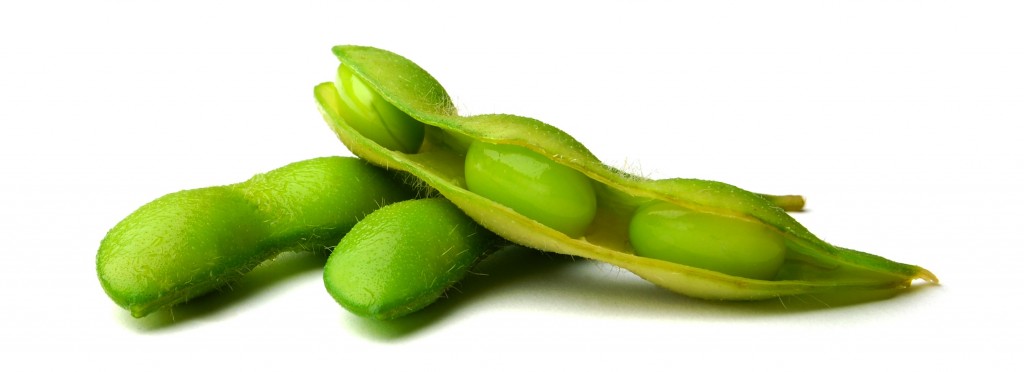
The ideal diet for breast pain is pretty much what you’d expect. Eat more vegetables, lots of healthy plant based proteins, fish, leafy greens and healthy fats. Limit or eliminate sugar, alcohol and dairy. Coffee, especially at high amounts (more than 1-2 cups per day) can also contribute to inflammation and pain, so check in with yourself and see if you’re overdoing the drip.
Adding in healthy fats and phytoestrogens will also help with hormone balance. Flax seeds are a superstar for this – they contain omega 3 fats, healthy fiber and phytoestrogen lignans which bind to estrogen receptors and prevent other stronger estrogens from binding. Flaxseeds – the overachiever of the seed family.
5. Support with Supplements
You cannot supplement your way out of a terrible diet. But there are absolutely some supplements than can help reduce breast pain, especially over the first few months while you are making the lifestyle and diet changes that will help you remain pain-free.
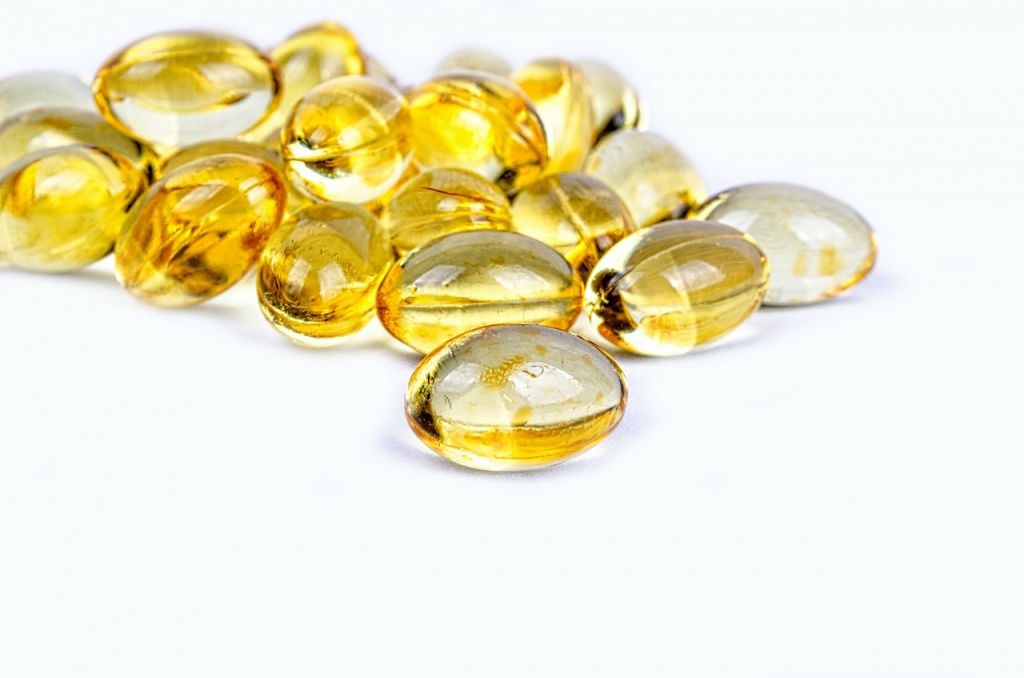
Vitamin E has been found in studies to reduce cyclic breast pain, especially when combined with evening primrose oil (EPO). A fat-soluble nutrient, vitamin E reduces inflammation and acts as an antioxidant in our cells. EPO is often used as a source of pregnenolone, the precursor hormone to progesterone, which is essential to balance the effects of estrogen in the body. 600IU of vitamin E with 2-3 grams of EPO is a typical dose.
B vitamins are necessary for liver detoxification and can be taken as a simple B complex supplement. Vegans and vegetarians in particular should be considering a B complex containing vitamin B12.
Iodine is another nutrient essential for breast health and low levels have been associated with the development of lumpy fibrocystic breasts. Rates of iodine deficiency are incredibly common, and you should discuss with your ND whether or not you should test your levels. A multivitamin supplement will provide you with some essential iodine, or seaweed snacks are a great food source.
Chaste tree, or Vitex agnus-castus, is hands-down my favourite botanical supplement for cyclic breast pain. Also used to reduce painful periods and PMS mood changes, chaste tree can be a game-changer for women with miserable premenstrual symptoms. Talk to your ND to ensure this is a good choice for you.
Taking Back Your Ta-Tas
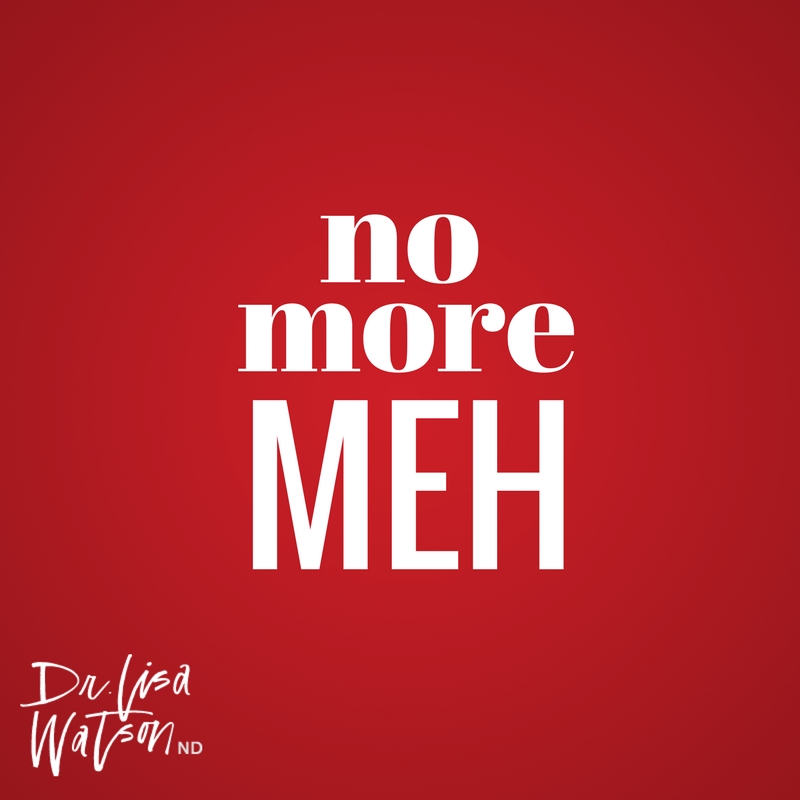
My philosophy of women’s health is “No More Meh”. You don’t have to accept symptoms of breast tenderness, mood changes and low libido. You don’t have to feel exhausted and overwhelmed. You are a force of nature. You are a damn goddess. Own it.
If you want to work together, drop me a line via email or Facebook or follow me on Instagram. I’d love to meet you.
Disclaimer
The advice provided in this article is for informational purposes only. It is meant to augment and not replace consultation with a licensed health care provider. Consultation with a Naturopathic Doctor or other primary care provider is recommended for anyone suffering from a health problem.
Select References
Pruthi S, Wahner-Roedler DL, Torkelson CJ, et al. Vitamin E and evening primrose oil for management of cyclical mastalgia: a randomized pilot study. Altern Med Rev. 2010;15(1):59-67. https://www.ncbi.nlm.nih.gov/pubmed/20359269
Mirghafourvand M, Mohammad-Alizadeh-Charandabi S, Ahmadpour P, Javadzadeh Y. Effects of Vitex agnus and flaxseed on cyclic mastalgia: a randomized controlled trial. Complement Ther Med. 2016;24:90-95. https://www.ncbi.nlm.nih.gov/pubmed/26860808



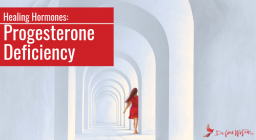

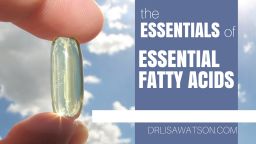




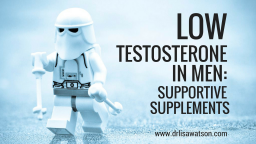






😀 Good INFO!
Glad to help! Keeping your Ta-tas in tip top condition! ~Dr. Lisa